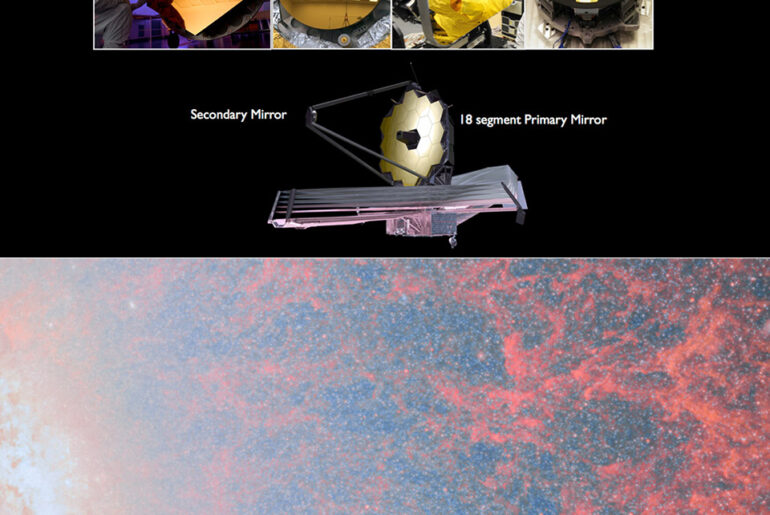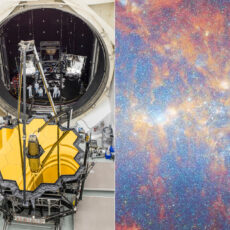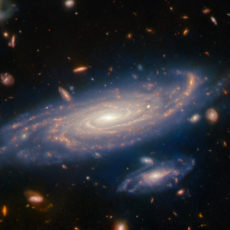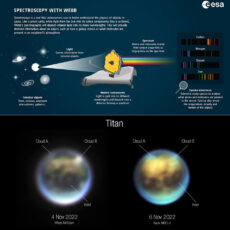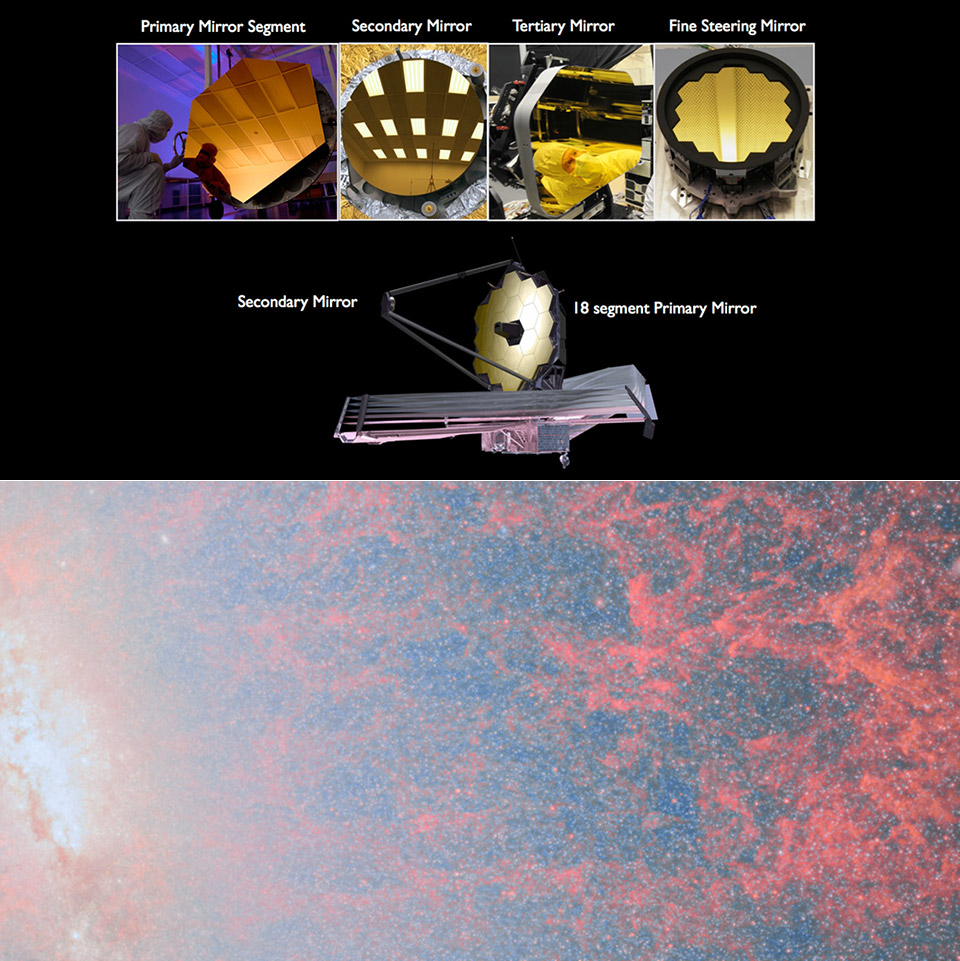
M82, located 12 million light-years away in Ursa Major, has long been an oddball. Smaller than the Milky Way, it is five times brighter and produces stars ten times quicker than its size would predict. NASA’s James Webb Space Telescope photographed this starburst galaxy in a way that feels like opening the curtain on a cosmic fireworks display.
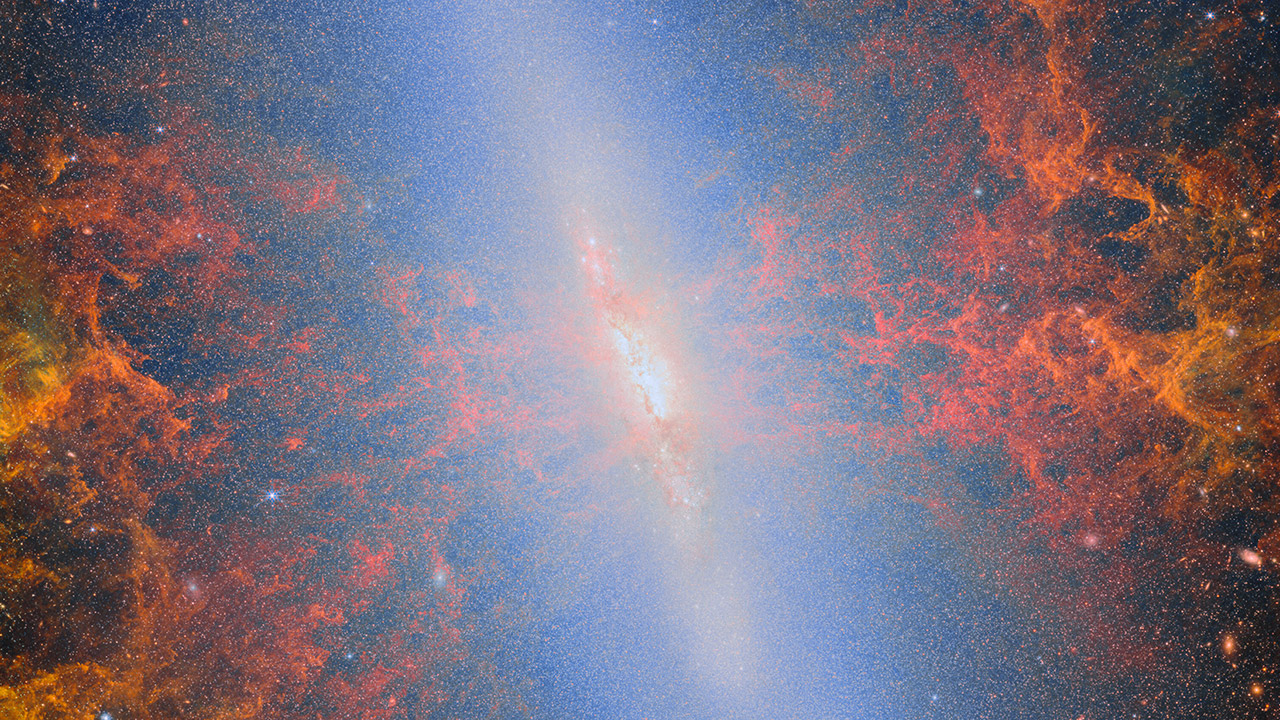
M82, popularly known as the Cigar Galaxy because of its shape, is more than simply a stunning spiral. Its core is a star formation frenzy, producing new suns at a rate that belies its size. Visible light photos are unable to penetrate the massive dust clouds that conceal this action, but Webb’s infrared can. The result is a dazzling depiction of a galaxy on steroids, with billions of stars and enormous clusters illuminating the sky.
- Superior Optics: 400mm(f/5.7) focal length and 70mm aperture, fully coated optics glass lens with high transmission coatings creates stunning images...
- Magnification: Come with two replaceable eyepieces and one 3x Barlow lens.3x Barlow lens trebles the magnifying power of each eyepiece. 5x24 finder...
- Wireless Remote: This refractor telescope includes one smart phone adapter and one Wireless camera remote to explore the nature of the world easily...
What’s fueling this star party? Astronomers say it’s M82’s neighbor, the bigger spiral galaxy M81. Millions of years ago their gravitational dance likely funneled gas into M82’s core and sparked a star forming spree. This created over 100 super star clusters – dense, luminous groups with hundreds of thousands of stars each. Some are still forming, hidden in dusty gas, while others are burning through the haze.
Webb’s image shows this process in detail, showing not only stars, but also PAHs (polycyclic aromatic hydrocarbons) glowing. PAHs give a slight shimmer to the landscape, like embers in a cosmic fire.Looking closer, you can see plumes of gas and dust, each 160 light years across and carved out by galactic winds. Those winds, powered by radiation and particles from young stars, are blowing material out of M82’s disk, forming hourglass shaped clouds to the left and right. Webb’s NIRCam can see individual clouds as small as 16 to 49 light years across, which is like listening in on a galaxy’s secrets. The colors in the image, mapped to infrared wavelengths from 1.4 to 3.6 microns, are molecular hydrogen and methane, a galaxy in the act of rebirth.
Unlike the previous Webb image of M82 from 2024, which was centered on the middle and young star clusters, this one pulls back to show a wider view. The disk is blue-white, with a bright center where stars are being born. Distant galaxies are visible in the distance, while M82’s small stars are pinpricks of light that give depth to the landscape.

